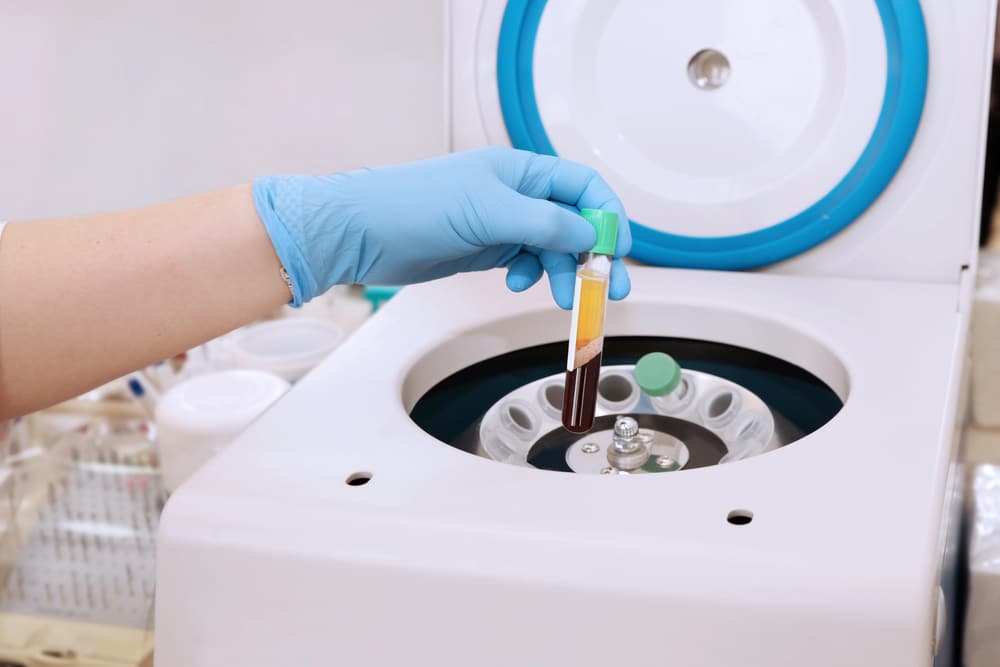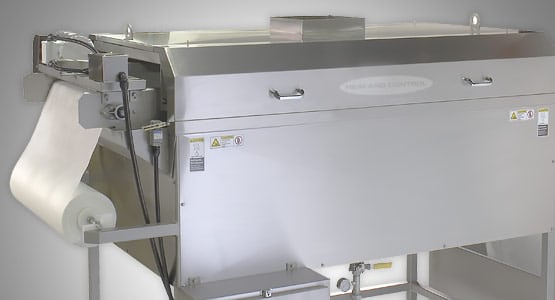The term nonwoven is an interesting word. To most, the word nonwoven means “not a woven” or “not a knit”, but nonwoven fabrics are much more. The Prologue of Introduction to Nonwovens Technology provides a historical listing of possible beginnings of nonwovens. These hypothetical beginnings range from historical legends to early technology developments. The actual roots of nonwovens may not be clear but in 1942 the term “nonwoven fabrics” was coined and were produced in the United States. These early “nonwoven fabrics” were created by adhesively bonding fiber webs. The first written definition of nonwoven fabrics came from the American Society for Testing and materials in 1962 which defined them as “textile fabrics made of carded web or fiber web held together by adhesives”. Currently INDA defines a nonwoven as “sheet or web structures bonded together by entangling fiber or filaments (and by perforating films) mechanically, thermally or chemically.
They are flat, porous sheets that are made directly from separate fibers or from molten plastic or plastic film. They are not made by weaving or knitting and do not require converting the fibers to yarn” (INDA). Technical definitions express the fundamental basis for the nonwoven processes, but due to the wide variety of production techniques, a general description of nonwoven fabrics is not enough. As with woven or knitted fabrics each process possesses unique characteristics. The resulting fabrics do not have much in common aside from being categorized as nonwoven. Nonwoven components such as; fiber selection, web formation, bonding, and finishing techniques can be altered to manipulate fabric properties or reverse engineer fabrics based on functional requirements. Due to its assortment of achievable characteristics nonwoven fabrics penetrate a wide range of markets including medical, apparel, automotive, filtration, construction, geotextiles, and protective.









